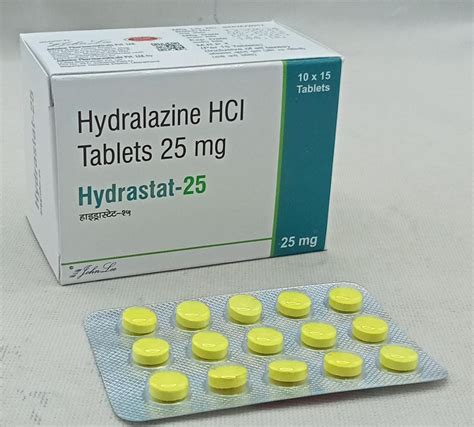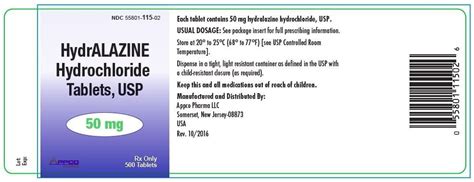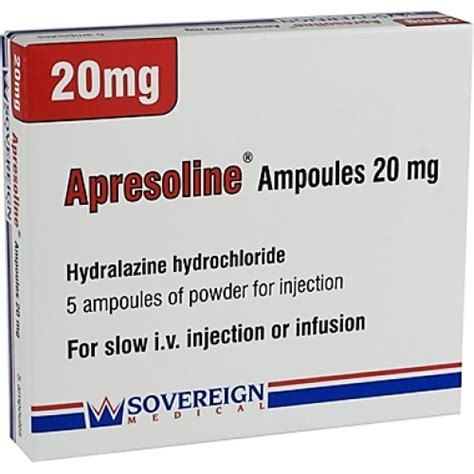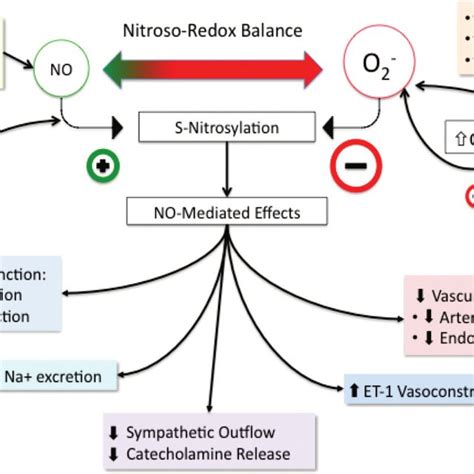Intro
Discover 5 uses of Hydralazine, a vasodilator medication, for hypertension, heart failure, and other cardiovascular conditions, exploring its benefits and applications in blood pressure management and cardiovascular health.
Hypertension, or high blood pressure, is a significant health concern that affects millions of people worldwide. It can lead to severe complications, including heart disease, stroke, and kidney damage. One medication that has been used to treat hypertension is hydralazine. This article will explore the uses of hydralazine, its benefits, and its potential side effects.
Hydralazine is a vasodilator, which means it works by relaxing the muscles in the blood vessels, causing them to dilate. This dilation reduces blood pressure and improves blood flow to the heart, brain, and other vital organs. Hydralazine has been used for several decades to treat hypertension, and it is often prescribed in combination with other medications to achieve optimal blood pressure control.
The importance of managing hypertension cannot be overstated. High blood pressure can cause damage to the blood vessels, heart, and kidneys, leading to serious health problems. By controlling blood pressure, individuals can reduce their risk of developing these complications and improve their overall health and well-being. Hydralazine is one of the many medications available to help manage hypertension, and its uses will be discussed in more detail below.
What is Hydralazine?

How Does Hydralazine Work?
Hydralazine works by blocking the action of certain natural chemicals in the body that cause blood vessels to constrict. By blocking these chemicals, hydralazine causes the blood vessels to dilate, reducing blood pressure and improving blood flow. This mechanism of action makes hydralazine an effective treatment for hypertension, as it helps to reduce the strain on the heart and blood vessels.Uses of Hydralazine

Benefits of Hydralazine
The benefits of hydralazine include: * Reduced blood pressure: Hydralazine helps to lower blood pressure, reducing the risk of complications such as heart disease, stroke, and kidney damage. * Improved blood flow: Hydralazine improves blood flow to the heart, brain, and other vital organs, reducing the risk of damage caused by poor circulation. * Reduced strain on the heart: By reducing blood pressure, hydralazine helps to reduce the strain on the heart, improving overall heart health.Side Effects of Hydralazine

Precautions and Interactions
Hydralazine can interact with several medications, including: * Beta blockers: Hydralazine can interact with beta blockers, increasing the risk of side effects such as dizziness and lightheadedness. * Calcium channel blockers: Hydralazine can interact with calcium channel blockers, increasing the risk of side effects such as dizziness and lightheadedness. * Diuretics: Hydralazine can interact with diuretics, increasing the risk of side effects such as dehydration and electrolyte imbalances.Practical Applications of Hydralazine

Statistical Data
According to the American Heart Association, hypertension affects approximately 103 million adults in the United States. Hydralazine is one of the many medications available to treat hypertension, and its effectiveness has been demonstrated in several studies. For example, a study published in the Journal of the American College of Cardiology found that hydralazine reduced blood pressure and improved outcomes in individuals with heart failure.Conclusion and Future Directions

Final Thoughts
Hydralazine is an important medication that has been used to treat hypertension and other conditions for several decades. Its benefits and risks make it a valuable treatment option for individuals with high blood pressure and related conditions. By understanding the uses, benefits, and risks of hydralazine, individuals can make informed decisions about their treatment options and improve their overall health and well-being.What is hydralazine used for?
+Hydralazine is used to treat hypertension, heart failure, renal hypertension, and preeclampsia.
How does hydralazine work?
+Hydralazine works by blocking the action of certain natural chemicals in the body that cause blood vessels to constrict, causing the blood vessels to dilate and reducing blood pressure.
What are the side effects of hydralazine?
+Hydralazine can cause several side effects, including headache, dizziness, nausea, and rapid heart rate.
Can hydralazine be used in combination with other medications?
+Yes, hydralazine can be used in combination with other medications to achieve optimal blood pressure control.
Is hydralazine safe for use during pregnancy?
+Hydralazine can be used to treat high blood pressure during pregnancy, particularly in cases of preeclampsia, but it should only be used under the guidance of a healthcare provider.
We hope this article has provided you with a comprehensive understanding of hydralazine and its uses. If you have any further questions or would like to share your experiences with hydralazine, please comment below. Additionally, if you found this article informative, please share it with others who may benefit from this information.
